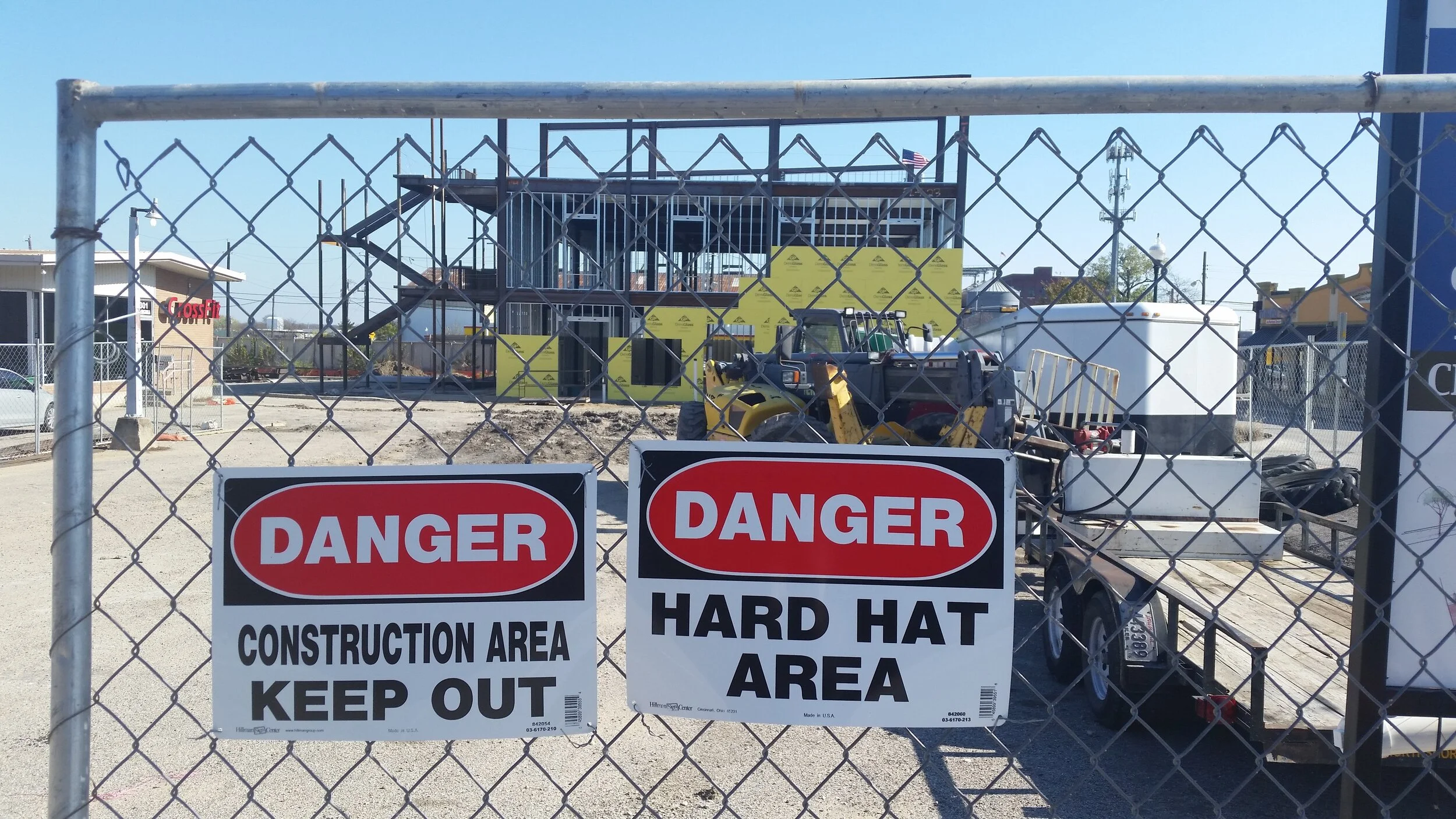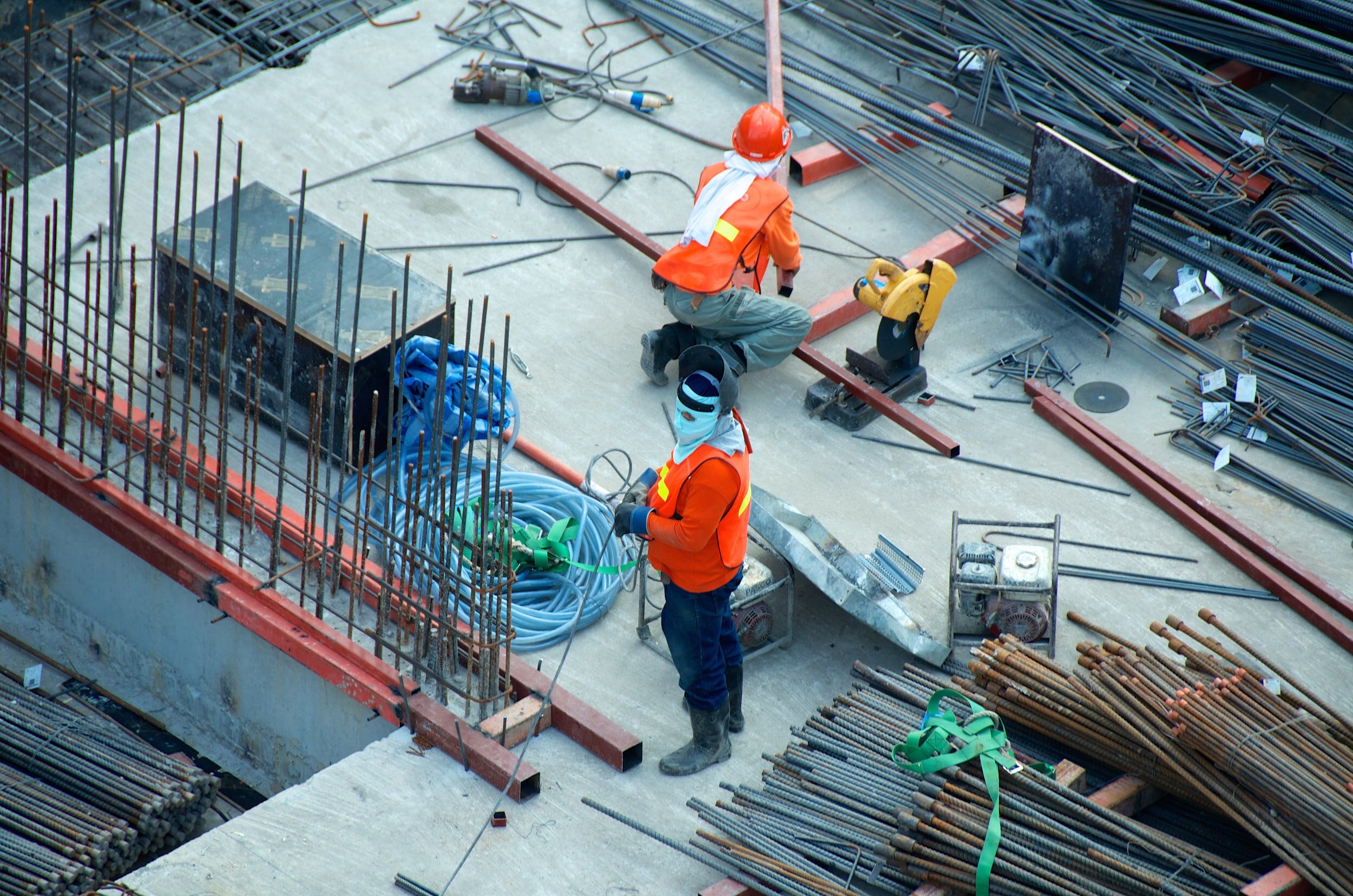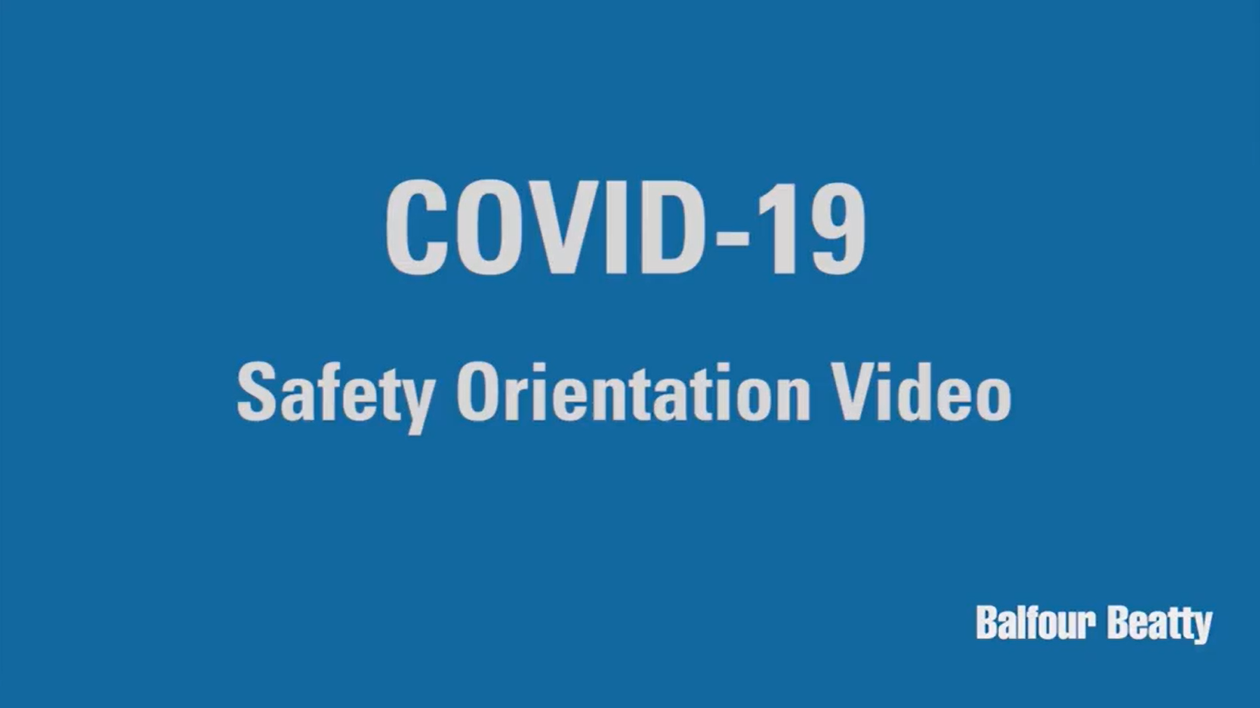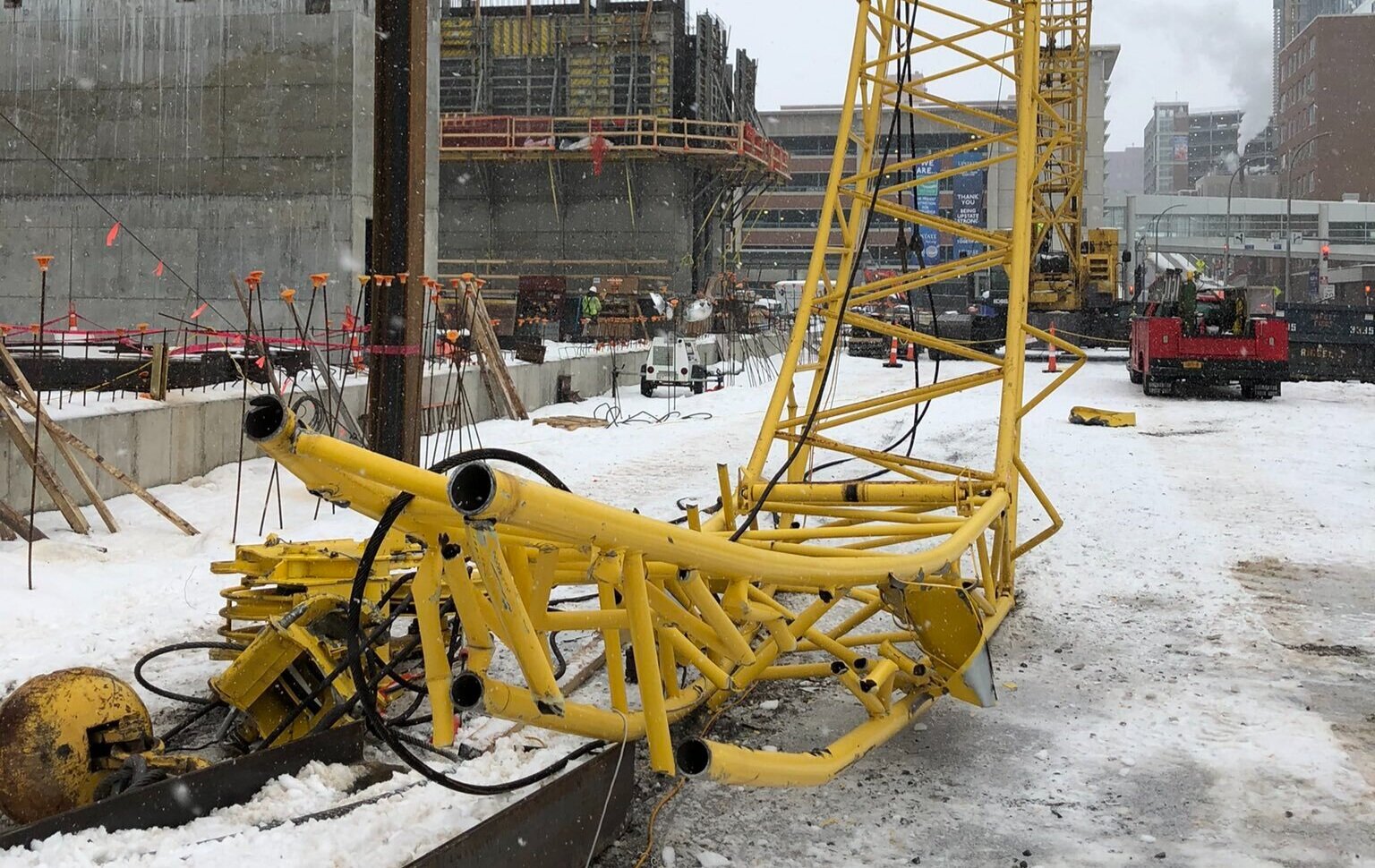Hard hats are staples of the construction jobsite and required by OSHA wherever there is possible danger of head injury from falling objects, impact, or electrical shock (OSHA 29 CFR 1926.100). A common trend that has continued for years is the preference of many hard hat wearers to “reverse” the helmet’s configuration and face the brim to the back. But, is that allowed by OSHA?
In short, sometimes. As you may know, hard hats must meet ANSI-Z89.1 requirements, which includes the minimum standards for impact resistance and protection from electrical hazards. These standards get updated on a semi-regular basis as changes are deemed necessary.
When you can use hard hats backwards
Using hard hats backwards or re-configuring the helmet to make the brim face behind you is also known as “reverse donning.” The 2009 update to the ANSI Z89.1 standard specifically addressed reverse donning for the very first time.
“Reverse Donning” hard hat symbol
The 2009 update included an optional tests for manufacturers to perform that would specifically certify that their hard hats can be safely worn with the bill to the rear. If the hard hat complies with those standards, then the hard hat will be marked with a “reverse donning arrow,” which looks a lot like the recycle symbol, but with only 2 arrows (pictured left).
Not all hard hats are required to pass the “reverse donning” tests, so you’ll need to check for the logo on your hard hat to be sure it can safely be used in reverse.
OSHA Letter of Interpretation
OSHA also issued a letter of interpretation on this topic back in 2011, in which they gave some history on the use of reversed hard hats:
“Although the ANSI Z89.1-1969 standard gives specifications for testing the hard hats with the bill to the front but not the rear, OSHA issued a letter of interpretation1 in 1992 allowing the use of hard hats worn with the bill to the rear, so long as the manufacturer certifies that their tests meet ANSI Z89.1-1969 requirements. OSHA maintains this position. It is worth noting, however, that the 2009 version of the ANSI Z89.1 standard contains provisions for testing a hard hat with the bill to the rear.”
Current ANSI Z89.1 Standard
The specific reverse donning testing requirements first made an appearance in the 2009 update of the Z89.1 standards, but were maintained with the more recent 2014 update. Currently, the OSHA hard hat standard only acknowledges the 1997, 2003, and 2009 ANSI Z89.1 Standards, but “will deem any head protection device that the employer demonstrates is at least as effective as a head protection device constructed in accordance with one of the consensus standards identified in paragraph (b)(1) of this section to be in compliance with the requirements of this section.”
According to Grainger, there were 3 main changes to the standard in 2014, including updates to the Accessories and Replacement Components section, clarification that “useful service life” is not a requirement for manufacturers, and testing allowances for optional high temperature preconditioning up to 140 degrees.












Last summer, Hilti announced that they had developed their first exoskeleton designed for construction tradespeople in a partnership with Ottobuck, a prosthetics, orthotics, and exoskeleton provider. Earlier this month, Hilti officially released the exoskeleton, announced more details, and published its retail price on their website.